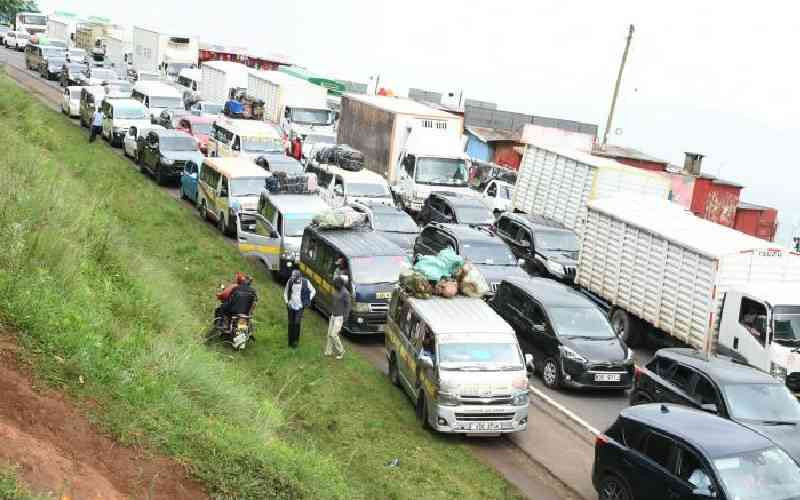Drought produces a complex web that affect many sectors of the economy. The impact reaches well beyond the area experiencing physical drought. This complexity exists because water is integral to our ability to produce goods and provide services. Rainfall patterns are often the cause of natural disasters and rural folks have come to adapt to water availability.
Environmental degradation has been accelerated during this period of drought due to diminished wetlands, poor land use, activities such as cutting down of trees for fuel, wood and charcoal burning for income, bush and range fires and overgrazing.
Environmental degradation is in many cases exacerbated by population pressure and migration of the affected communities to marginal lands.
The human factor in environmental degradation does not allow the environment to recover even after the end of the drought period. Droughts catalyse desertification, leading to loss of natural resources.
In addition to obvious losses in yields in crop and livestock production, drought has been associated with increased insect infestation, plant disease and wind erosion.
Droughts have also brought insects and diseases to forests and reduced growth. Forest and range fires increase substantially during extended droughts, which in turn places both human and wildlife populations at higher levels of risk.
People in the area buy food at a high cost due to poor livestock production and crop failure. The Government and non-governmental organisations provide relief food to residents, thus incurring extra cost in the national budget.
The societal characteristics that maximise vulnerability to drought are poverty, low income levels, conflicts and wars, pandemics, high dependence on rain-fed systems, and lack of controls for strengthening security in water supply.
Other issues are crucial water uses such as irrigation and hydro-power generation, poor planning and management of agricultural water supply and irrigation systems, high population densities and other factors that inhibit population mobility and implementation of traditional coping mechanisms.
Inexperience of communities to cope with droughts, and unwillingness of communities to live with some drought risks as a trade-off against beneficial services or goods also exacerbates the issue.
Societal and physical characteristics of vulnerability reinforce each other differently and at different levels of severity in different parts of the world.
Thus, regions like northern Kenya are affected by drought more severely than others.
Coping with drought hazards can be enhanced by developing strategies that adequately address the following questions: How frequently or extensively does a certain type of drought occur in a given region? What are the vulnerabilities and expected losses associated with the particular type of drought? And what are the costs of implementing the plausible strategies or options for mitigating the disaster that can be caused by that type of drought?
Such strategies aim at reducing the vulnerability of drought-prone communities by either altering or strengthening their land use and farming practices as well as implementing programmes that promote water and food security, which also enhance poverty alleviation.
Stay informed. Subscribe to our newsletter
The slow onset of drought combined with drought-forecasting capabilities enables implementation of preparedness and preventive plans and measures in advance of the occurrence of the drought disaster.
 The Standard Group Plc is a
multi-media organization with investments in media platforms spanning newspaper
print operations, television, radio broadcasting, digital and online services. The
Standard Group is recognized as a leading multi-media house in Kenya with a key
influence in matters of national and international interest.
The Standard Group Plc is a
multi-media organization with investments in media platforms spanning newspaper
print operations, television, radio broadcasting, digital and online services. The
Standard Group is recognized as a leading multi-media house in Kenya with a key
influence in matters of national and international interest.
 The Standard Group Plc is a
multi-media organization with investments in media platforms spanning newspaper
print operations, television, radio broadcasting, digital and online services. The
Standard Group is recognized as a leading multi-media house in Kenya with a key
influence in matters of national and international interest.
The Standard Group Plc is a
multi-media organization with investments in media platforms spanning newspaper
print operations, television, radio broadcasting, digital and online services. The
Standard Group is recognized as a leading multi-media house in Kenya with a key
influence in matters of national and international interest.







